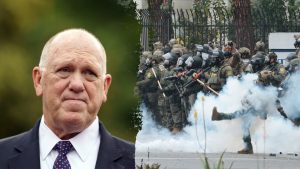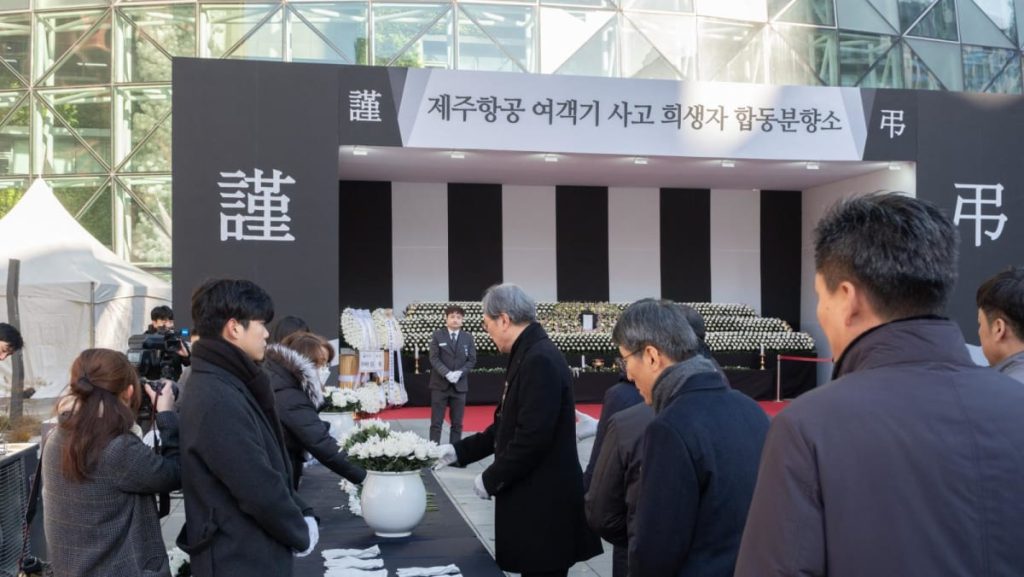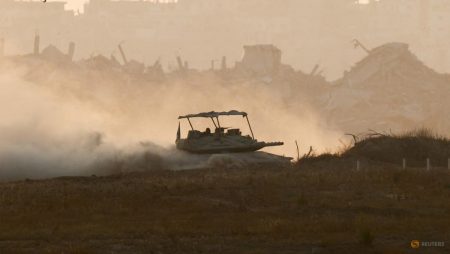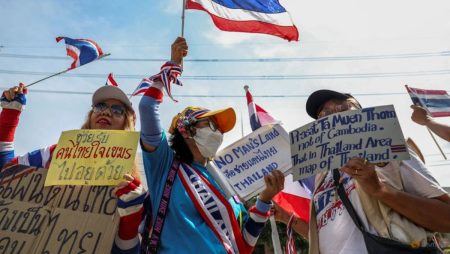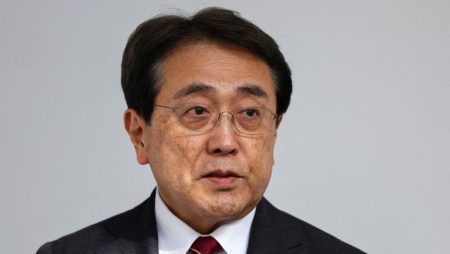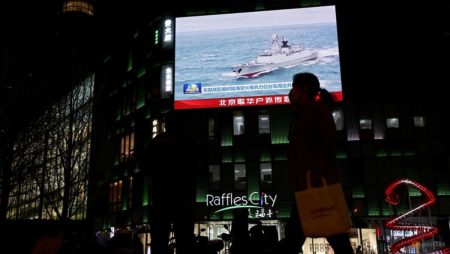The tragic crash of Asiana Airlines Flight OZ8901 near Muan International Airport on New Year’s Eve cast a somber pall over South Korea’s transition into 2025. The incident, which claimed the lives of all 158 onboard, including passengers and crew, prompted Acting President Choi Sang-mok to declare it a national turning point, demanding immediate and comprehensive reform of the country’s aviation safety protocols. His call for a thorough re-examination of aircraft operation systems reflects the gravity of the disaster and the nation’s determination to prevent such a tragedy from ever happening again. Choi’s New Year’s address, delivered just days after assuming office, acknowledged the collective resilience of the South Korean people in the face of adversity, while simultaneously urging reflection and preparation for the year ahead. The air disaster served as a stark reminder of the fragility of life and the constant need for vigilance, even amidst the celebratory atmosphere of the new year.
The crash site at Muan International Airport became a focal point for grief and investigation. Amidst the wreckage of the Boeing 777, investigators meticulously sifted through the debris, painstakingly piecing together the sequence of events that led to the catastrophe. The somber task was further underscored by the presence of soldiers carefully searching the surrounding fields, their movements a poignant reflection of the immense loss of life. Outside the airport perimeter, a makeshift memorial emerged as citizens left offerings of food, flowers, and heartfelt messages, expressing their condolences and paying tribute to the victims. These expressions of grief and solidarity highlighted the shared sense of loss and the collective desire to honor those who perished.
For the families of the victims, the airport became a place of agonizing waiting and mounting frustration. Gathered inside the terminal, relatives anxiously awaited news of their loved ones, clinging to hope while bracing for the worst. The slow and painstaking process of identifying the remains, complicated by the severity of the crash, fueled growing anger and impatience. The agonizing wait for confirmation amplified their grief and added another layer of suffering to an already unbearable tragedy. The scene at the airport captured the raw human emotion of loss, the desperate yearning for closure, and the rising frustration with the bureaucratic processes that often accompany such disasters.
The letter left on the airport fence, addressed to the captain, first officer, and crew, encapsulated the complex emotions surrounding the crash. It expressed gratitude for the crew’s efforts to save the passengers, acknowledging their dedication and bravery in the face of imminent danger. Simultaneously, it served as a prayer for their eternal peace, a poignant recognition of their sacrifice and a plea for solace for their souls. The simple message, written on a piece of paper and attached to the fence, became a symbol of the nation’s collective mourning, a testament to the human capacity for empathy and compassion even in the darkest of times.
Acting President Choi’s call for a complete overhaul of aviation safety procedures underscored the national commitment to learning from the tragedy. While the investigation into the specific causes of the crash is ongoing, the government’s proactive stance signifies a recognition of the systemic issues that may have contributed to the disaster. This proactive approach reflects a determination to not only address the immediate aftermath of the crash but also to implement long-term changes that will enhance aviation safety and prevent similar tragedies in the future. This commitment to systemic change offered a glimmer of hope amidst the profound grief and national mourning.
The Asiana Airlines crash serves as a stark reminder of the inherent risks associated with air travel and the importance of rigorous safety standards. It also highlights the profound impact such tragedies have on individuals, families, and entire nations. As South Korea mourns the loss of 158 lives, the nation is also grappling with the larger questions of responsibility, accountability, and the ongoing need for vigilance in ensuring the safety of its citizens. The crash, occurring on the cusp of a new year, casts a long shadow, but also serves as a catalyst for change, a tragic impetus for a renewed commitment to safety and a testament to the enduring resilience of the human spirit in the face of unimaginable loss.

